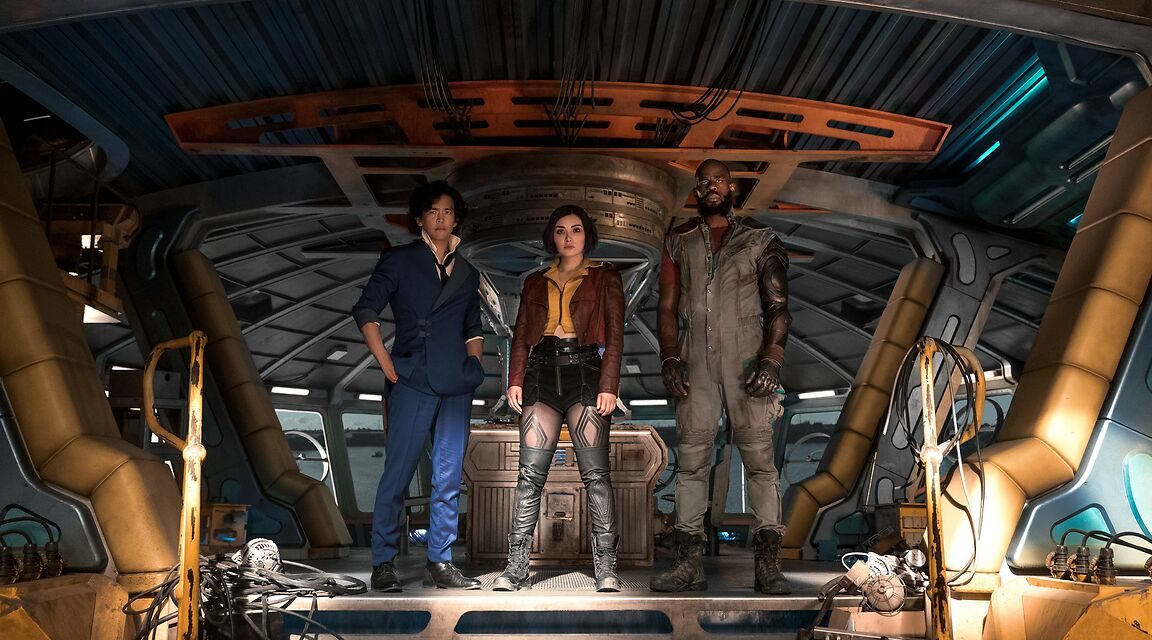By Cameron Enomoto | Staff Writer
“Cowboy Bebop” is considered to be one of the best old-gen anime, as it presented the audience with something new when it first aired in 1998.
The show follows Spike Spiegel, played by John Cho, and his crew as they travel aboard their starship called “Bebop.” Comprised of a cocky ex-assassin, a former cop, a capricious woman with a lage debt, a talented young hacker, and a Welsh corgi, the team banded together with the purpose of hunting bounty heads for a living, yet they always seem to run into trouble.
On Nov. 18, Netflix released its 10-episode live-action remake of the popular series, though, as many fans speculated, it isn’t quite the same. One of the main differences between the two series is the crew. In the anime, Ed, the whimsical kid hacker, is the fifth and final addition to the Bebop team. However, his appearance in the Netflix adaptation is little to none, as his character is only given a brief mention with almost no screen time. Without Ed, the comedic and quirky aspect of the show dies out, as the others attempt to fill in his shoes.
In addition to Ed being almost entirely cut out, the characters in the series are mediocre at best. The poorly-written plot strips the characters of their humanity and dimension by excluding many of the key ideas that were in the original, which makes it seem as though the anime is far more realistic than the live-action.

In comparison to the anime, the Netflix adaptation executes the storyline poorly. (Photo courtesy of Kirsty Griffin/Netflix)
Another part of the anime that fans wanted to see incorporated was the iconic soundtrack.
However, the way Netflix went about including the original songs is rather distasteful. The purpose of music in shows is to evoke a certain emotion from the audience or to highlight an important scene. Unfortunately, the organization of the music shows that there was absolutely no understanding of why each song was used to begin with.
There were multiple opportunities for Netflix to sell the audience on its version of the show, but it failed to capture the essence of one of the most important aspects is impossible to overlook. The most disappointing let-down was how the “Cowboy Bebop” universe was portrayed.
The dimension of the “Cowboy Bebop” world is nonexistent in comparison to what the anime produced, and instead of trying to mimic the original, the Netflix audience had to sit through painful reenactments on a lousy set. The design and art direction of a set is crucial in setting the mood for a scene, though again, this was something the Netflix creators could not comprehend.
Lastly, the ending of the adaptation is completely different from the anime. I’m not going to give away any spoilers, but the way Netflix chose to end the series is with the hint of a continuation series, which is nothing like what the original creators intended. Many fans agree that the anime ending was memorable enough where another season wasn’t needed.
Like many other live-action adaptations, Netflix’s “Cowboy Bebop” is proof that an idea for a story is only as great as a person’s ability create it.






